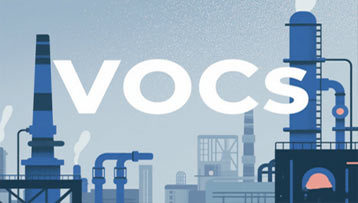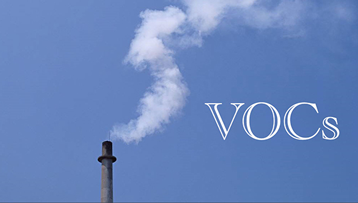At present, the hazards of VOCs to the environment and human health mainly manifest in four aspects:
Release Time:
Jun 17,2025
Most volatile organic compounds are toxic and have a foul odor, and some volatile organic compounds are carcinogenic.
(1) Most volatile organic compounds are toxic and have a foul odor, and some volatile organic compounds are carcinogenic. The World Health Organization and the US Environmental Protection Agency believe that 0.3 μ g/L of benzene in the air can put 4-8 out of every million people at risk of leukemia, and this risk is proportional to the concentration of volatile organic compounds, which may have adverse effects on human health through diet and inhalation. Table 1 presents the specific hazards of common toxic VOCs, while Table 2 shows the occupational exposure limits for hazardous factors in the workplace - the allowable concentrations of common toxic VOCs with chemical hazards.
(2) Most volatile organic compounds participate in atmospheric photochemical reactions. Under sunlight, nitrogen oxides and carbon ammonia compounds in the atmosphere undergo photochemical reactions with oxidants, generating complex photochemical smog that poses a threat to human health and crop growth.
(3) Halogen volatile organic compounds are greenhouse gases that enhance the greenhouse effect. VOCs are key species in the formation of ozone, and their pollution can increase the concentration of tropospheric ozone, exacerbating the greenhouse effect.
(4) Volatile organic compounds can undergo a series of reactions in the atmosphere to form fine particulate matter. VOCs are an important source of secondary generation of PM2.5 in the atmosphere, accounting for about 20% to 40% of PM2.5, and some PM2.5 is converted from VOCs.
What Else Might You Learn?






